Match column I with column II and select the correct answer :
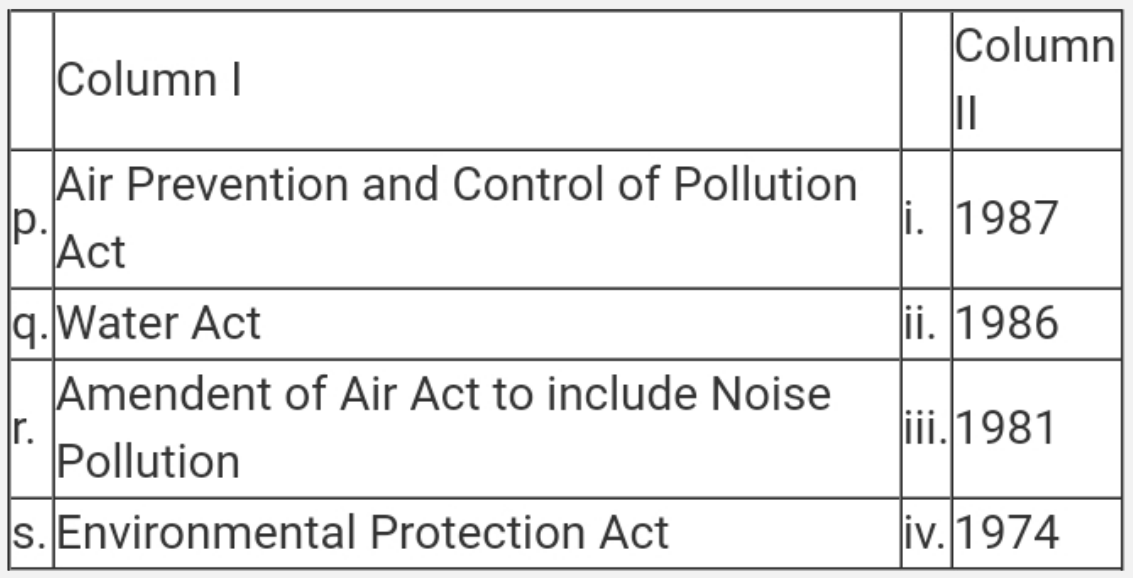
I−(c),II−(a),III−(d),IV−(b)
I−(d),II−(b),III−(c),IV−(a)
I−(c),II−(b),III−(d),IV−(a)
I−(a),II−(a),III−(c),IV−(b)
The correct Answer is:2
(I)4Au/Ag(s)+8CN−(aq)+2H2O(aq)+O2(g)→4[Au/Ag(CN)2]−(aq)+4OH−(aq)
2[Au/Ag(CN)2]−(aq)+Zn(s)→2Au/Ag(s)+[Zn(CN)4]2−(aq)
(II) This method is based on the fact that gangue and ore particles have different degree of wettability with water and pine oil, the gangue particles are preferentially wetted by water while the ore particles are wetted by oil.
(III) Electrolytic reduction ( Hall -Heroult process ):
The purified Al2O3 is mixed with Na2AlF6 ( cryolite ) or CaF2( fluorspar ) which lowers the melting point of the mixture and increases conductivity. The fused matrix is electrolysed. The electrolytic reactions are :
Cathode : Al3+(melt)+3e−→Al(l)
Anode : C(s)+O2−(melt)→CO(g)+2e−
C(s)+2O2−(melt)→CO2(g)+4e−
(IV) This process is used when metals are required is very high purity, for specific application. For example pure Si and Ge are used in semiconductors and hence are purified by this method. Zone refining method is based on the principle that an impure molten metal on gradual cooling will deposit crystals of the pure metal, while the impurities will be left in the remaining part of the molten metal.
Topper's Solved these Questions
- BOOK - RESONANCE ENGLISHCHAPTER - TEST PAPERSEXERCISE - PT-0630videos
TEST PAPERS
- BOOK - RESONANCE ENGLISHCHAPTER - TEST PAPERSEXERCISE - FST 0130videos
TEST PAPERS
- BOOK - RESONANCE ENGLISHCHAPTER - TEST PAPERSEXERCISE - PT-0430videos
TEST PAPERS
- BOOK - RESONANCE ENGLISHCHAPTER - SURFACE CHEMISTRYEXERCISE - Section - 51videos
SURFACE CHEMISTRY
- BOOK - RESONANCE ENGLISHCHAPTER - TEST SERIESEXERCISE - CHEMISTRY50videos
TEST SERIES
Similar Questions
An aqueous solution of X is added slowly to an aqueous solution of Y as shown in Column I. The variation in conductivity of these reactions is given in Column II. Match Column I with Column II and select the correct answer using the codes given below the Columns.
 View Solution
View SolutionMatch column I with column II and choose the correct answer.
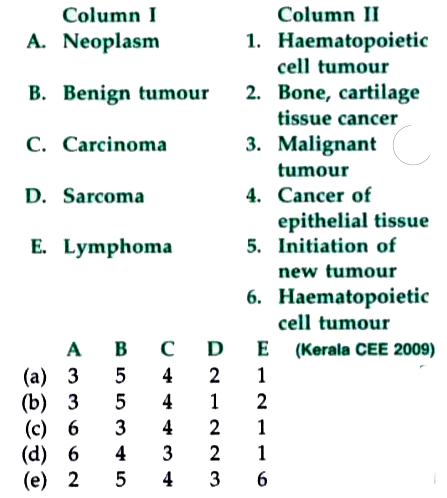 View Solution
View SolutionMatch the column–I with column–II and select the correct answer :-
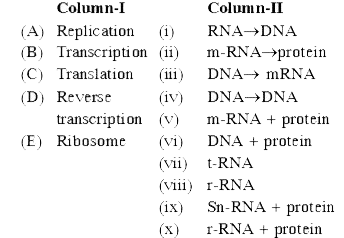 View Solution
View SolutionMatch the column-I with column-II and select the correct answer.
Column−IColumn−II(A)Pachytene(i)Synizesis(B)Zygotene(ii)Chiasma visible(C)Diplotene(iii)Terminalisation(D)Leptotene(iv)Gene exchange(E)Diakinesis(v)SynapsisView SolutionMatch the columns-I with column-II and select the correct answer :-
Column-I Column-II(A)Pachytene(i)Bouqute stage(B)Zygotene(ii)Chiasma visible(C) Diplotene(iii)Terminalisation(D)Leptotene(iv) Gene exchange(E)Diakinesis(v) SynapsisView SolutionMatch column I with column II and select the correct option.
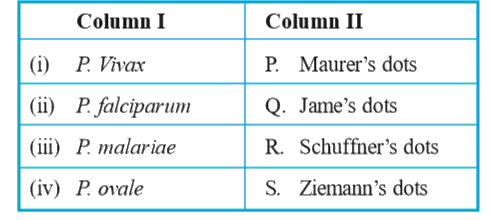 View Solution
View SolutionMatch column I with column II and select the correct option.
 View Solution
View SolutionMatch the column-I with column-II and select the correct one : -
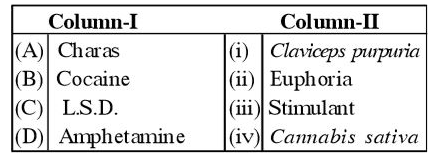 View Solution
View SolutionMatch column -I with column-II and select the correct option :-
 View Solution
View SolutionMatch Column-I with Column-I and select the correct answer using the codes given below :
 View Solution
View Solution

